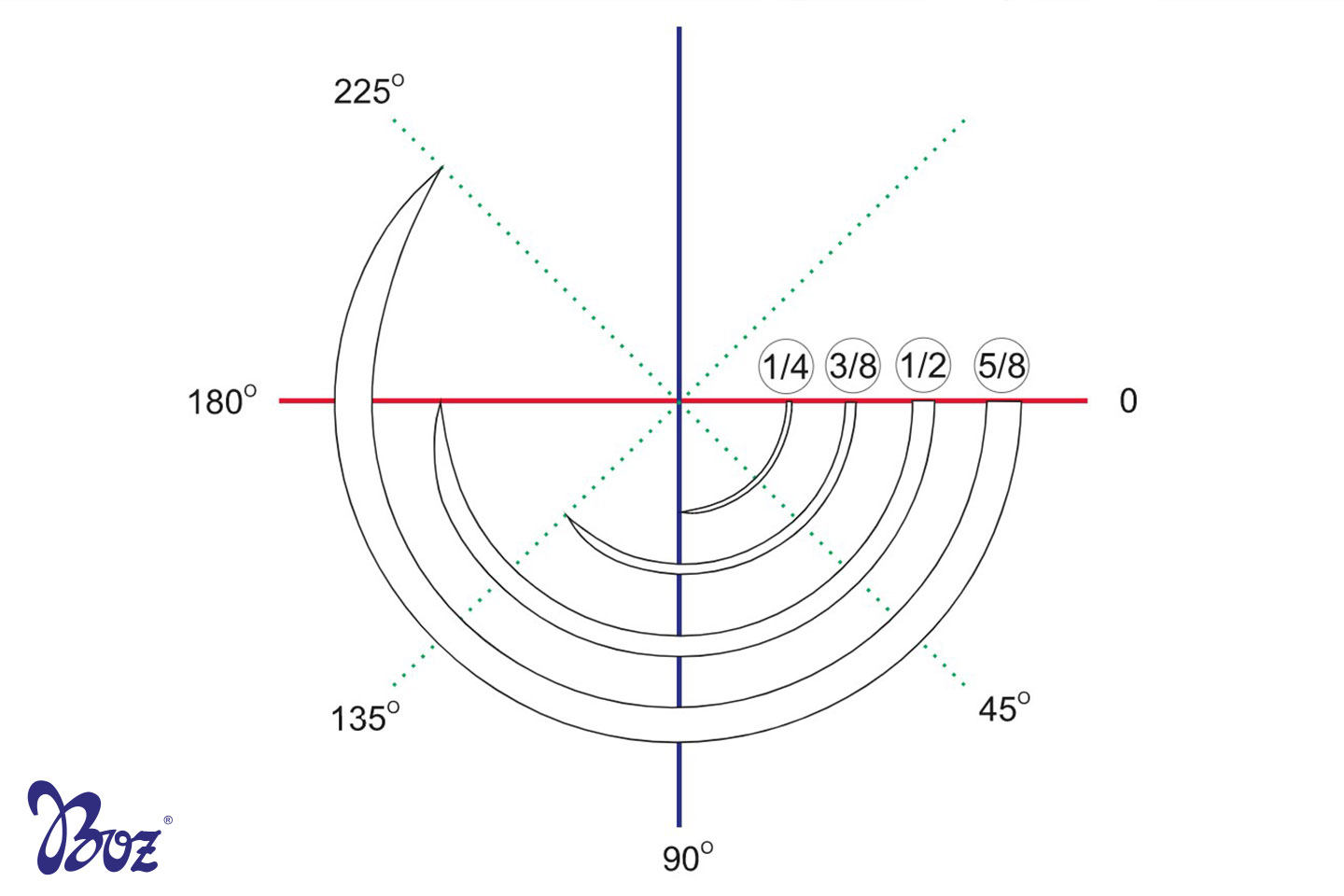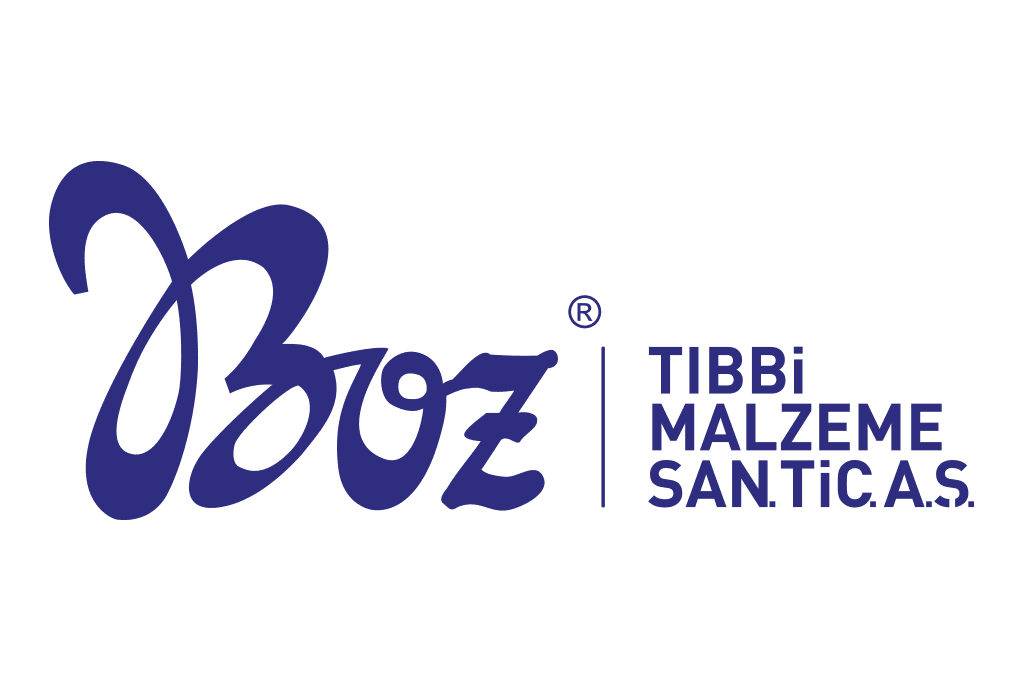Let’s get to know the needles used in the surgical suturing. The needle selection for the surgical intervention is as important as suture selection.
Needles Based On Tips
Taper PointThese don’t have sharp edges. They have conic bodies getting sharper towards the end. These are used on tissue that show less resistance to the needle. |
 |
 |
|
Square Body, Taper PointThese don’t have sharp edges. They have conic bodies getting sharper towards the end. The edge is square to give a more resistant body to the needle. |
 |
 |
|
BluntThese don’t have sharp and puncture property. These needles are used for sensitive and parenchyma tissues such as liver and kidney. |
 |
 |
|
Reverse CuttingThis needle is also called outer sharp which is a triangle-tipped needled with two sharp edges. Premium and Premium Thin Line versions are filed by hand and generally used in plastic surgery. Premium Thin Line is thinner than Premium. |
 |
 |
|
 |
 |
Premium | |
 |
 |
Premium Thin Line | |
Inside CuttingThis needle is also called inner sharp which is a triangle-tipped needled with two sharp edges. Premium and Premium Thin Line versions are filed by hand and generally used in plastic surgery. Premium Thin Line is thinner than Premium. |
 |
 |
|
 |
 |
Premium | |
 |
 |
Premium Thin Line | |
DiamondAlso called head sharp, this needle is a straight bodied needle with sharp edges and edged conic height. These are often used for hard tissues. Premium version is filed by hand. |
 |
 |
|
 |
 |
Premium | |
SpatulaThis needle has a flat body and becomes thinner towards the end. It is often used for ophthalmic surgery. |
 |
 |
|
LancetIt looks like a spatula needle. But the tips are curved rather than being parallel to the body. The edges of the top surface are sharp. It is used for ophthalmic surgery. |
 |
 |
|
CC NeedleThis is the combination of sharp and round needle properties. The three sharp edges don’t connect with the round body. The sharp edges make a single-type cutting movement. |
 |
 |
|
TapercuttingThis is the combination of reverse sharp and round needle properties. The three sharp edges are far from the tip. This is mixed with the round body. All three edges are sharpened to ensure a single-type cutting movement. |
 |
 |
|
TrocarTrocar needle has a strong and sharp edge. This property is designed for the needle to easily penetrate to thick tissues. |
 |
 |
|
Square Body TapercuttingThe body is squared to give a more resistant needle structure than the taper cutting needle. |
 |
 |
|
Taper PointThese don’t have sharp edges. They have conic bodies getting sharper towards the end. These are used on tissue that show less resistance to the needle. |
|
 |
 |
Square Body, Taper PointThese don’t have sharp edges. They have conic bodies getting sharper towards the end. The edge is square to give a more resistant body to the needle. |
|
 |
 |
BluntThese don’t have sharp and puncture property. These needles are used for sensitive and parenchyma tissues such as liver and kidney. |
|
 |
 |
Reverse CuttingThis needle is also called outer sharp which is a triangle-tipped needled with two sharp edges. Premium and Premium Thin Line versions are filed by hand and generally used in plastic surgery. Premium Thin Line is thinner than Premium. |
|
 |
 |
 |
 Premium Premium |
 |
 Premium Thin Line Premium Thin Line |
Inside CuttingThis needle is also called inner sharp which is a triangle-tipped needled with two sharp edges. Premium and Premium Thin Line versions are filed by hand and generally used in plastic surgery. Premium Thin Line is thinner than Premium. |
|
 |
 |
 |
 Premium Premium |
 |
 Premium Thin Line Premium Thin Line |
DiamondAlso called head sharp, this needle is a straight bodied needle with sharp edges and edged conic height. These are often used for hard tissues. Premium version is filed by hand. |
|
 |
 |
 |
 Premium Premium |
SpatulaThis needle has a flat body and becomes thinner towards the end. It is often used for ophthalmic surgery. |
|
 |
 |
LancetIt looks like a spatula needle. But the tips are curved rather than being parallel to the body. The edges of the top surface are sharp. It is used for ophthalmic surgery. |
|
 |
 |
CC NeedleThis is the combination of sharp and round needle properties. The three sharp edges don’t connect with the round body. The sharp edges make a single-type cutting movement. |
|
 |
 |
TapercuttingThis is the combination of reverse sharp and round needle properties. The three sharp edges are far from the tip. This is mixed with the round body. All three edges are sharpened to ensure a single-type cutting movement. |
|
 |
 |
TrocarTrocar needle has a strong and sharp edge. This property is designed for the needle to easily penetrate to thick tissues. |
|
 |
 |
Square Body TapercuttingThe body is squared to give a more resistant needle structure than the taper cutting needle. |
|
 |
 |
Angles of Suture Needle
The choice of needle shape is frequently governed by the accessibility of the tissue to be sutured and normally the more confined the operative site the greater the curvature required. The basic shapes involved are:
Our Articles About Sutures
History of Suture
This surgical material called sutures in the modern medical literature has significantly developed from the old ages and still continues to develop with various research…
What Is Suture, What Does It Do, What Properties Does It Have?
Detailed information about surgical sutures…
What Are Monofilament Surgical Sutures?
What are monofilament sutures, what are the advantages and disadvantages, where are these sutures used and what are the structural properties?
What Are Multifilament Surgical Sutures?
What are multifilament sutures, what are the advantages and disadvantages, where are these sutures used and what are the structural properties?
What Is Non-Absorbable Suture, Where Is It Used?
Detailed information about non-absorbable surgical sutures…
What Is Absorbable Suture, Where Is It Used?
Detailed information about absorbable surgical sutures…
How to Use Surgical Suture Needle?
Detailed information about the use of surgical suture needles…
What Are The Types Of Surgical Sutures And Their Highlighted Features?
Detailed information about the use of surgical sutures…







